Is A Sustainable Future Achievable?
But first of all, can sustainability really work?
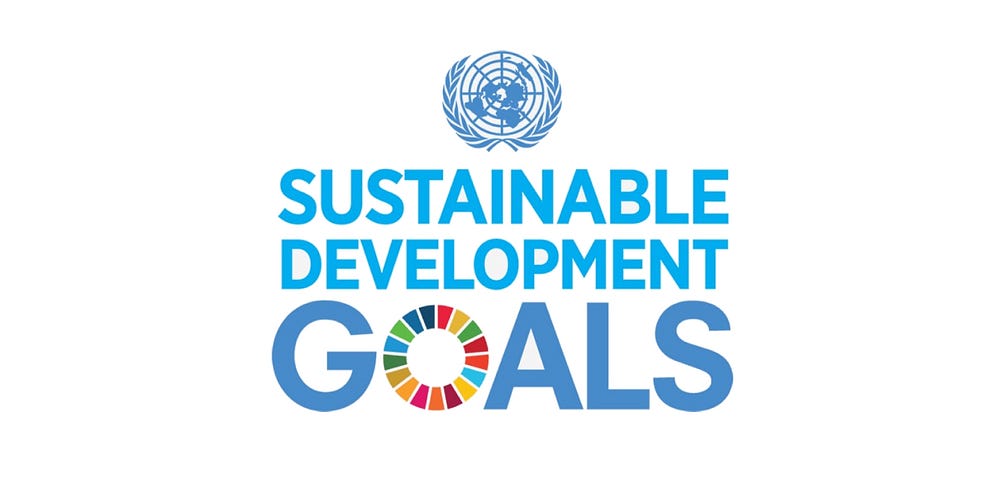
Sustainable Development Goals from un.org
hat is sustainability? Why do world governments talk about sustainability? There seems to be a correspondence between sustainability and the development of society itself. A rise in quality of life in societies usually revolves around economic stability and economic improvement, but the economy is just one of the many factors that contribute to the quality of life.
Economist and social progress expert Michael Green once said in his TED Talk that recent economic improvements helped the world accomplish its’ previous goals. Previous goals were the millennium goals set by the United Nations in 1990, the goal was to reduce extreme poverty by half all around the world by 2015.
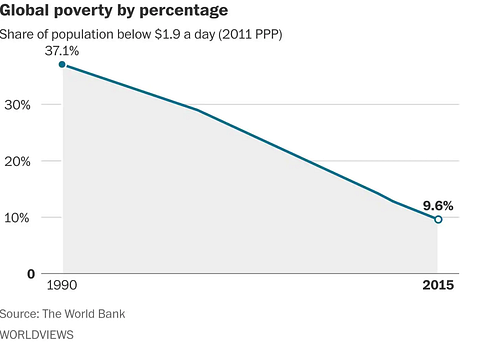
Image from The Washington Post
This graph shows that people are able to make changes, it brings confidence in the midst of the naysayers saying that ‘the world doesn’t get better’. It shows how we truly evolved to be the first generation to almost abolish extreme poverty. This is a huge leap forward for humanity as a whole. As more and more people enter the middle-class, it puts out the question does economic growth guarantee sustainability? If it does then why are we in the predicament we are currently facing?
If you’ve watched Michael’s TED Talk you may know that the answer is a hard no. Economic growth doesn’t guarantee sustainability, regulations must be created to make it sustainable. Leaving it unregulated might make a devastating impact on our environment and climate. Let me explain it this way, what if a country whose economy depends solely on natural resources such as logs and coal were to bolster its economy by increasing the number of trees cut for wood or increase the usage of coal. Sure, it might improve the economy but in the long run, the country will damage its environment. This proves that economic growth doesn’t come with sustainability.
Now let’s examine the goals, there are 17 goals that correspond to sustainability. Out of those 17 goals we have to find solutions that solve a problem without sacrificing one of those goals.
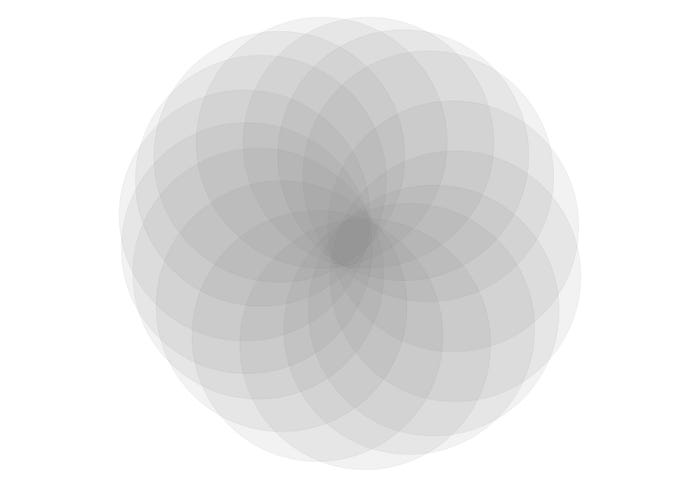
Illustration of 17 circles finding one convergence
See this illustration above? First of all, understand that it is fundamentally difficult to find the right solution between 17 goals because one decision could damage the entirety of it. The 17 SDGs are a nigh impossible thing to accomplish because we have to consider everything before we could find the right decision. Now let’s simplify this and only examine 5 out of the 17 goals.
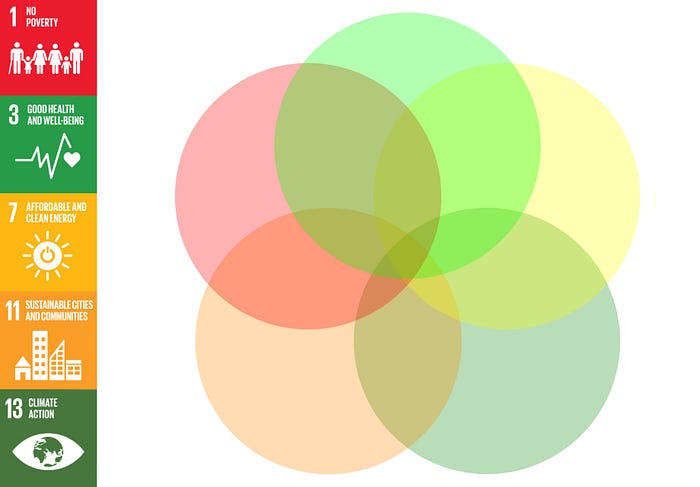
Illustration of 5 SDGs trying to find a convergence
How do we decrease poverty while increasing the peoples well being and make affordable and clean energy in a self-sustainable city or community while watching over the climate? This in and of itself is a hard standard to satisfy. I’ll try to construct my view in a well-known scenario, imagine a backwater city where over 15% of its inhabitants are poor, have a terrible environment and healthcare system. The terrible environment is caused by the city’s extreme dependency on fossil fuels as its main source of energy. Now imagine how would the city’s government solve their problem.
“Hmm, maybe solve the environmental crisis with renewables?” you may think. Alright, that’s a start. Let’s assume because of using renewable energy sources the city will have less of an environmental crisis and will have cleaner energy. Next, how do we fix the reigning health problem? “Of course! fix the healthcare system” you say. Okay, let’s do it. Okay two more problems to solve, how do we reduce the amount of poverty in the city while keeping the city sustainable? By this point, I might as well stop with the sarcasm and just give you the answer straight up.
First of all, you cannot make a city sustainable by renewable energies alone. A solar panel only receives energy when there is a sun, wind power is only available when there is wind but what happens when it is a silent night? No energy for you that’s for sure. “But what about storing those energies in batteries?”, it will not solve the problem in the long term. Anyways renewables are expensive not to mention the batteries needed to support them, it will make energy prices go through the roof. The solution will not solve poverty nor will it create a sustainable environment. The root of the problem is complicated such that a solution might intermingle with another problem thus solving one problem while completely disregarding the other. A predicament indeed. So how do we solve our scenario above? Well, let’s start with the energy and environmental crisis. Renewable energy was a good step forward, but there needs to be a safe reliable power source to support renewables when conditions to produce energy are not met.
So, what is another great low-carbon alternative? Nuclear.
Photo by Thomas Millot on Unsplash
A clean energy solution is not complete without a robust alternative like nuclear. I’ve written an article about renewables and nuclear energy and to summarize, nuclear power is a great low-carbon initiative to support the use of renewables.
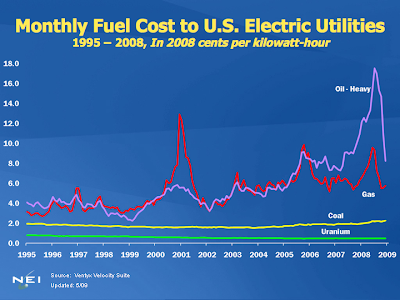
Image from atomicinsights.com
According to a graph from atomicinsights.com, the cost of uranium is cheaper than any other alternatives. Thus even though a nuclear plant is very expensive to build, it has very cheap fuel costs. Cheap nuclear power can stabilize power prices, helping fragile communities. With cheaper and cleaner energy people will be able to focus more on their daily needs and less on paying the electricity bill, and if you are wondering why nuclear is a low-carbon power source.
Source: IPCC, Climate Change 2014: Mitigation of Climate Change, Annex III3
The graph above shows how much carbon dioxides are released into the atmosphere for every kWh of energy generated by these power sources, but then again there looms an unseen problem in regards to nuclear. Nuclear phobia seems to be quite popular among people. An American author named Michael Shellenberger wrote an article on Forbes, this article expresses his deep concerns on the over-reaction of nuclear incidents and the misinformation that people may have regarding the safety of nuclear energy.

This graph shows the total amount of deaths caused by some energy sources.
Alright, maybe I was focusing on the power and environmental issues of the scenario a little bit too much, but I think I‘ve got my point across. I haven’t discussed poverty and health issues and we still have a problem concerning clean energy. The problem may not lie within the technology but the problem is within ourselves. Like I’ve said at the beginning of this article, fulfilling the SDGs is not as easy as one may think because to fulfill one may disrupt another. It is hard to find that sweet spot in the middle where it all works out. I am not saying that the SDGs are terrible goals, on the contrary, I am saying that the SDGs are our next milestone, our next vision so to speak. We may not achieve it in the future as near as 2030 but we will continue to get to it. Eventually, we will get there. Change lies in our capabilities as human beings to see things in the bigger picture and to question our fears, challenging ourselves to make the right decisions not the easy ones.
To fulfill the SDGs, the entire global community must take accountability. Then we might be able to live in a just and sustainable world.


